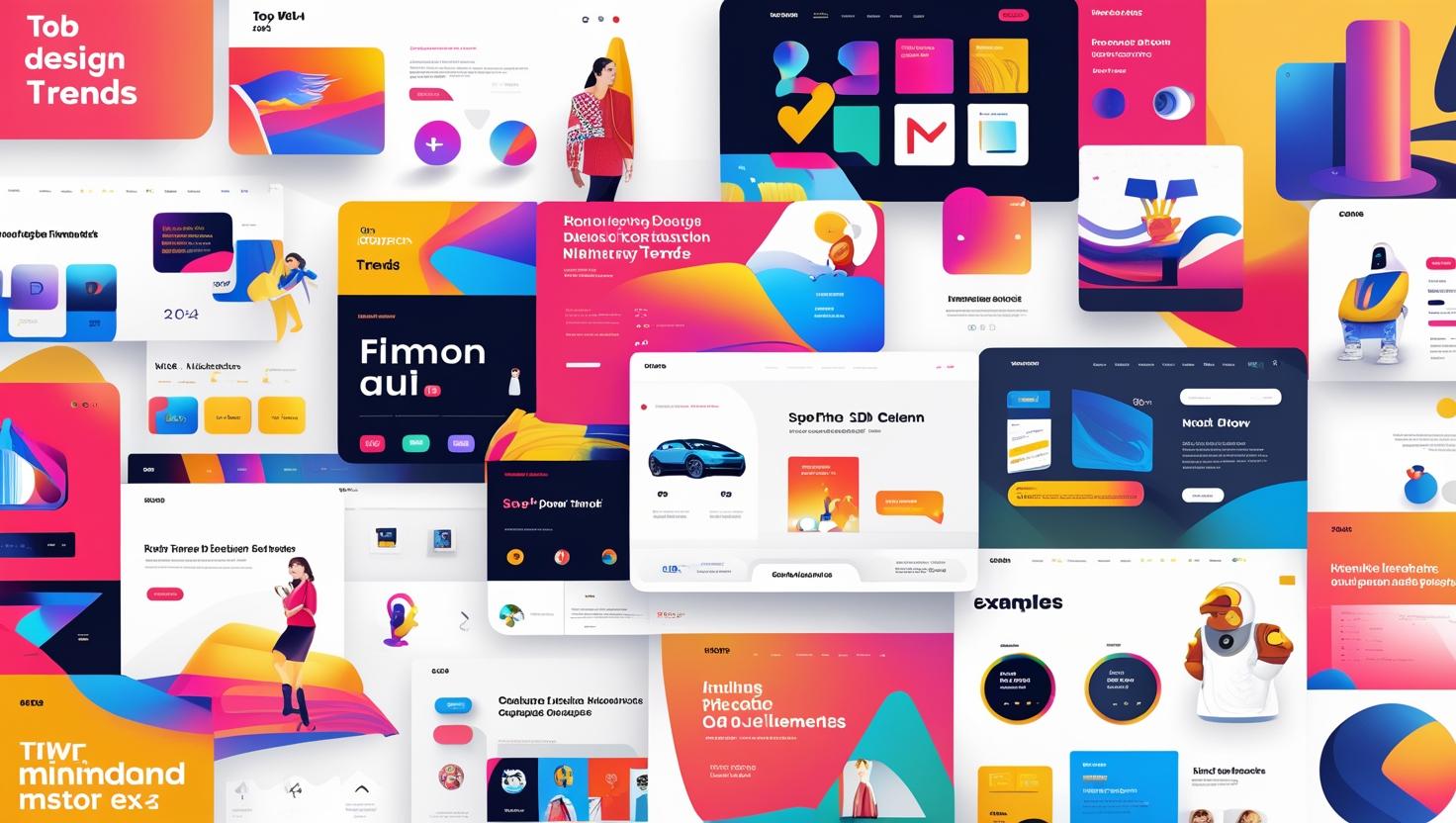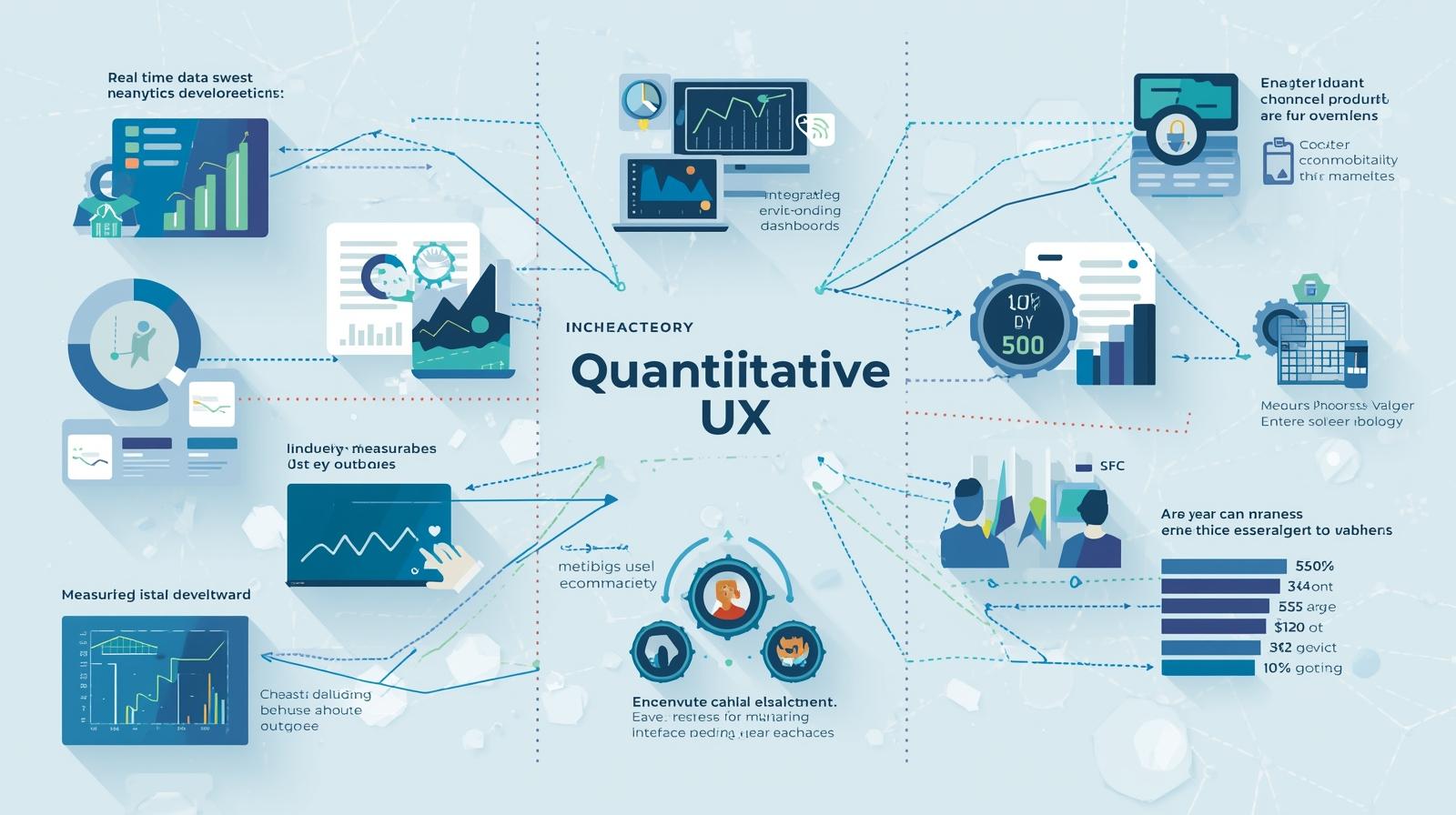Top Web Design Trends for 2024

🎨 Web design is a constantly evolving field, and 2024 brings a convergence of innovation, accessibility, sustainability, and personalization. From AI-powered tools to immersive user interfaces, the digital landscape is being redefined by cutting-edge design trends that focus on both functionality and aesthetics.
🤖 1. AI-Powered Design Tools are revolutionizing workflows. Designers can now rely on platforms that use artificial intelligence for:
• Automated image generation
• Real-time content suggestions
• Intelligent layout optimization
These tools not only enhance creativity but also reduce production time and lower design costs — allowing teams to do more with less.
🕶️ 2. Immersive Experiences through AR and VR are becoming mainstream in sectors like e-commerce, education, and entertainment. Web designers are integrating WebXR and 3D elements to create interactive experiences that go beyond flat interfaces — enabling virtual try-ons, gamified product demos, and 360° tours directly from the browser.
🌱 3. Sustainable Web Design is gaining traction as brands aim to reduce their digital carbon footprint. Designers are now considering:
• Lightweight UI elements and optimized assets
• Energy-efficient color palettes (e.g., dark mode)
• Eco-friendly hosting providers
This trend reflects the industry’s commitment to building greener and faster websites aligned with global sustainability goals.
♿ 4. Accessibility-First Design remains a top priority. Inclusive design ensures websites are usable by people of all abilities. Best practices include:
• High-contrast color schemes
• Keyboard navigation support
• Screen reader-compatible markup and ARIA roles
• Descriptive alt text for all visual elements
Following WCAG standards is not just ethical — it’s essential for compliance and user satisfaction.
🎯 5. Hyper-Personalization is elevating the user experience. Thanks to advancements in AI and machine learning, websites can now adapt content, layout, and product recommendations in real time, based on:
• User behavior
• Location
• Past interactions and preferences
Personalized design increases engagement, improves conversions, and builds stronger user relationships.
📱 6. Mobile-Centric Interfaces continue to dominate design strategies. With mobile usage steadily rising, responsive and mobile-first design is a must. Touch-optimized layouts, large tap targets, and thumb-friendly navigation are crucial components of modern UX.
🌐 7. Minimalist Design & Clean Aesthetics are on the rise — prioritizing clarity, whitespace, and fast-loading interfaces. Animations are subtle, typefaces are bold and readable, and the focus is on guiding user attention without distraction.
📈 As these trends evolve, businesses that adapt and integrate them into their digital presence will have a competitive edge. Purpose-driven, user-first web design promotes stronger engagement, better accessibility, and a more sustainable digital future.
In summary, successful web design in 2024 is about creating digital experiences that are immersive, intelligent, inclusive, and eco-conscious — blending function and beauty in ways that truly serve the modern user.
Caxtra
Company
